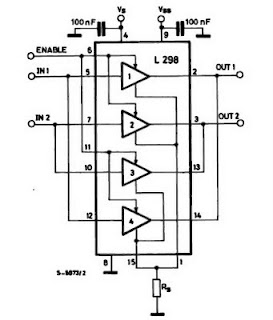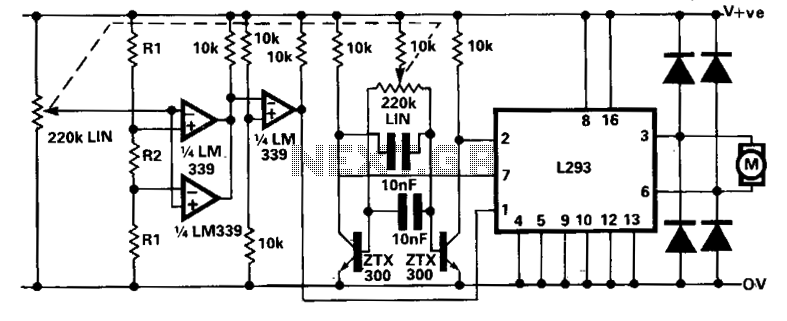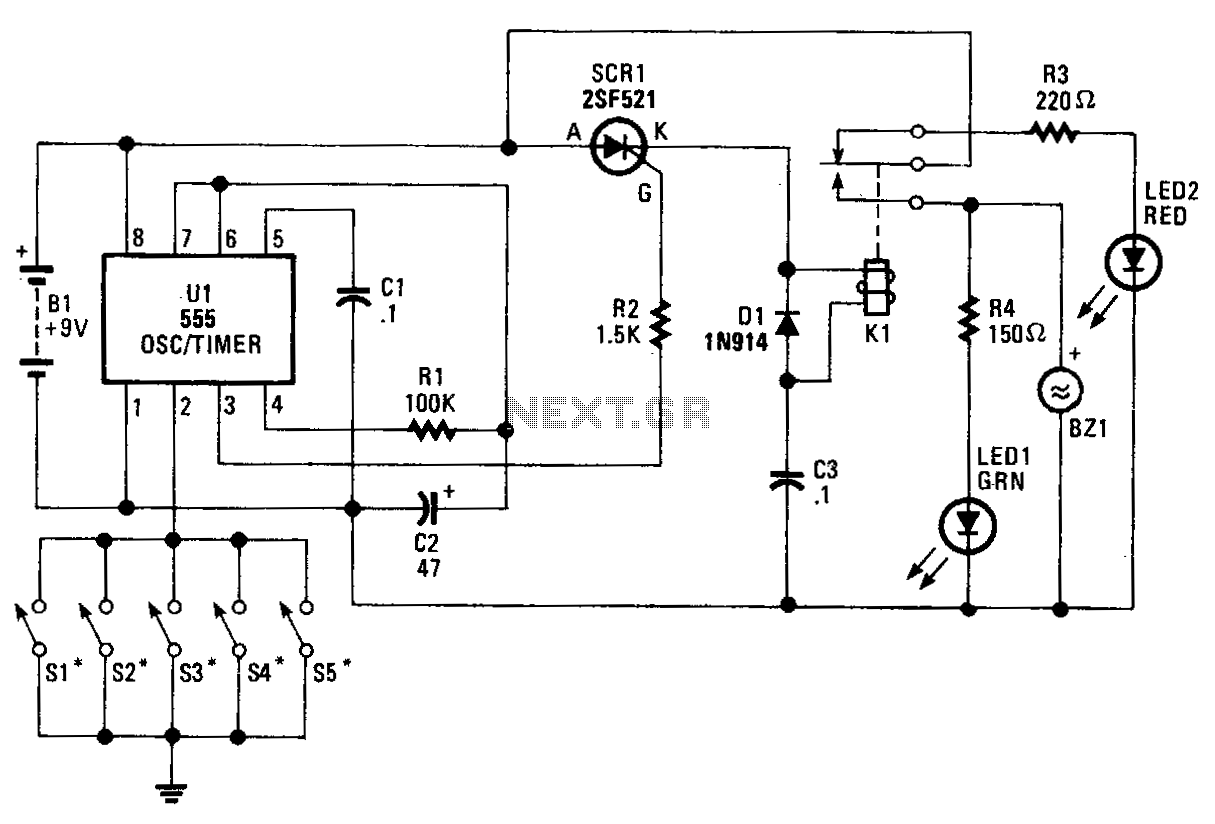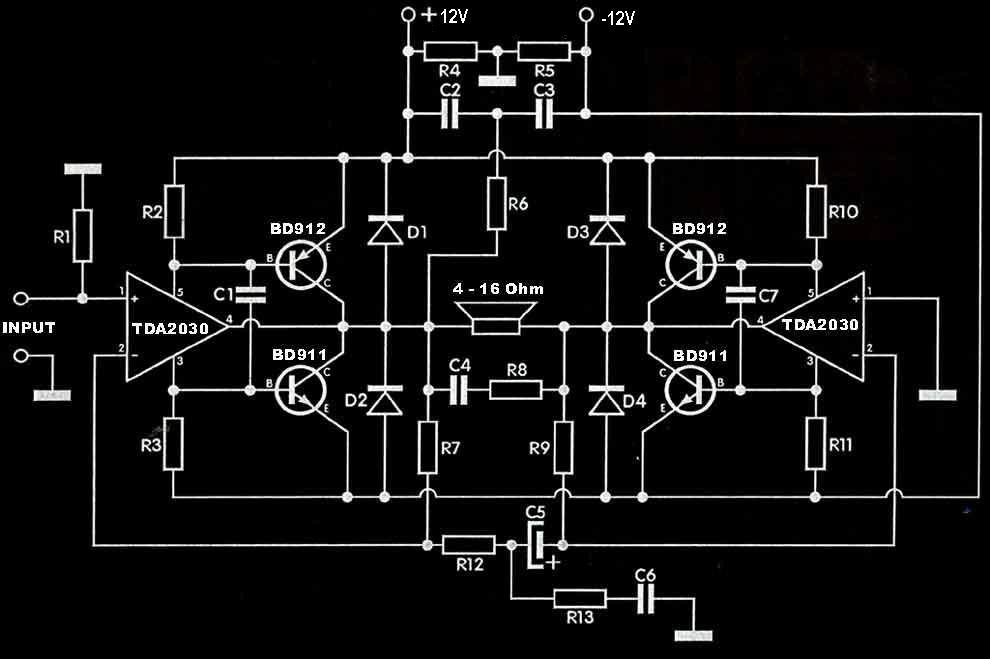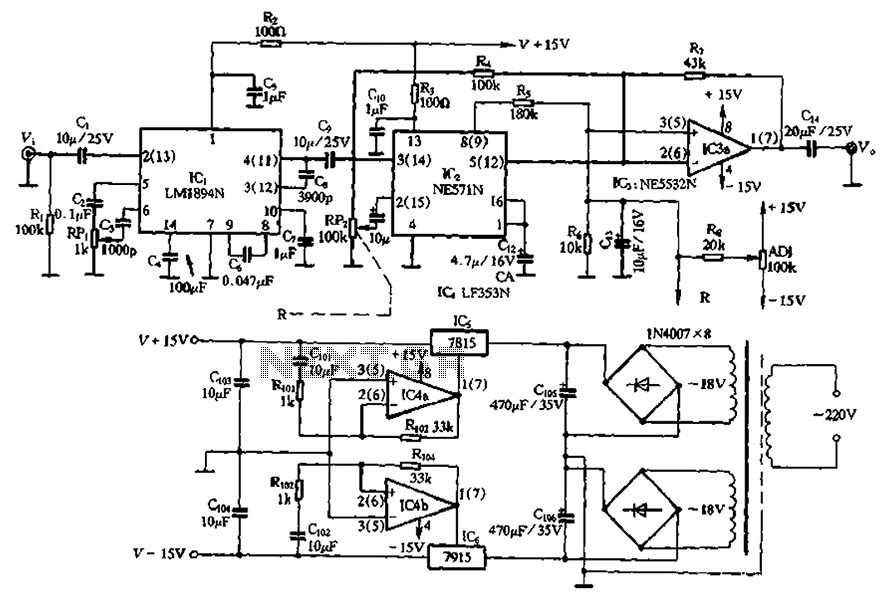
PIR. motion sensor alarm circuit
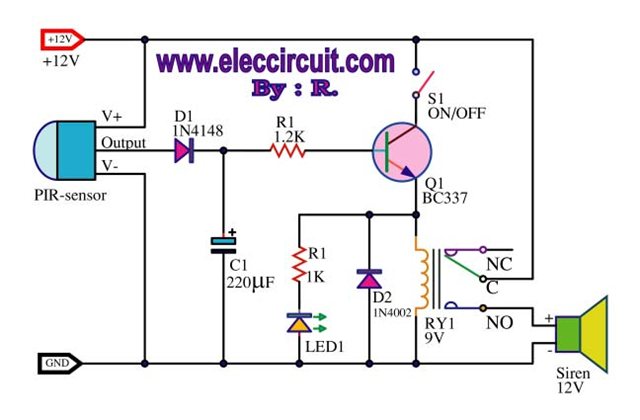
A motion detection alarm circuit utilizing a PIR sensor for motion detection. When movement is detected by the PIR sensor, it triggers a delay circuit, Q1, and other components.
The motion detection alarm circuit is designed to provide an alert in response to detected motion. The core component of this circuit is the Passive Infrared (PIR) sensor, which detects changes in infrared radiation, typically emitted by human bodies or animals. When the PIR sensor identifies movement within its range, it generates a high output signal.
The output from the PIR sensor is then fed into a delay circuit, which is often implemented using a transistor (Q1). The purpose of the delay circuit is to prevent false alarms caused by transient movements or environmental changes, such as passing cars or animals. This delay allows the circuit to filter out brief disturbances and only trigger the alarm for sustained movements.
In addition to the PIR sensor and the delay circuit, the alarm system may include other components such as resistors, capacitors, and possibly additional transistors or integrated circuits to amplify the signal or drive an output device, such as a buzzer or LED indicator. The output can be configured to activate an alarm system, alerting users to the presence of motion in the monitored area.
Power supply considerations must also be addressed, with the circuit typically designed to operate on a low voltage, often sourced from batteries or a regulated power supply. The overall design should ensure low power consumption to extend the operational life of battery-powered applications.
This motion detection alarm circuit can be utilized in various applications, including home security systems, automated lighting control, and smart home integrations, providing an effective solution for monitoring and alerting users to movement.A motion detection alarm circuit using a PIR.SENSOR motion detection, if the move is a positive light from the PIR sensor, triggered by a delay circuit, Q1 and.. 🔗 External reference
The motion detection alarm circuit is designed to provide an alert in response to detected motion. The core component of this circuit is the Passive Infrared (PIR) sensor, which detects changes in infrared radiation, typically emitted by human bodies or animals. When the PIR sensor identifies movement within its range, it generates a high output signal.
The output from the PIR sensor is then fed into a delay circuit, which is often implemented using a transistor (Q1). The purpose of the delay circuit is to prevent false alarms caused by transient movements or environmental changes, such as passing cars or animals. This delay allows the circuit to filter out brief disturbances and only trigger the alarm for sustained movements.
In addition to the PIR sensor and the delay circuit, the alarm system may include other components such as resistors, capacitors, and possibly additional transistors or integrated circuits to amplify the signal or drive an output device, such as a buzzer or LED indicator. The output can be configured to activate an alarm system, alerting users to the presence of motion in the monitored area.
Power supply considerations must also be addressed, with the circuit typically designed to operate on a low voltage, often sourced from batteries or a regulated power supply. The overall design should ensure low power consumption to extend the operational life of battery-powered applications.
This motion detection alarm circuit can be utilized in various applications, including home security systems, automated lighting control, and smart home integrations, providing an effective solution for monitoring and alerting users to movement.A motion detection alarm circuit using a PIR.SENSOR motion detection, if the move is a positive light from the PIR sensor, triggered by a delay circuit, Q1 and.. 🔗 External reference

